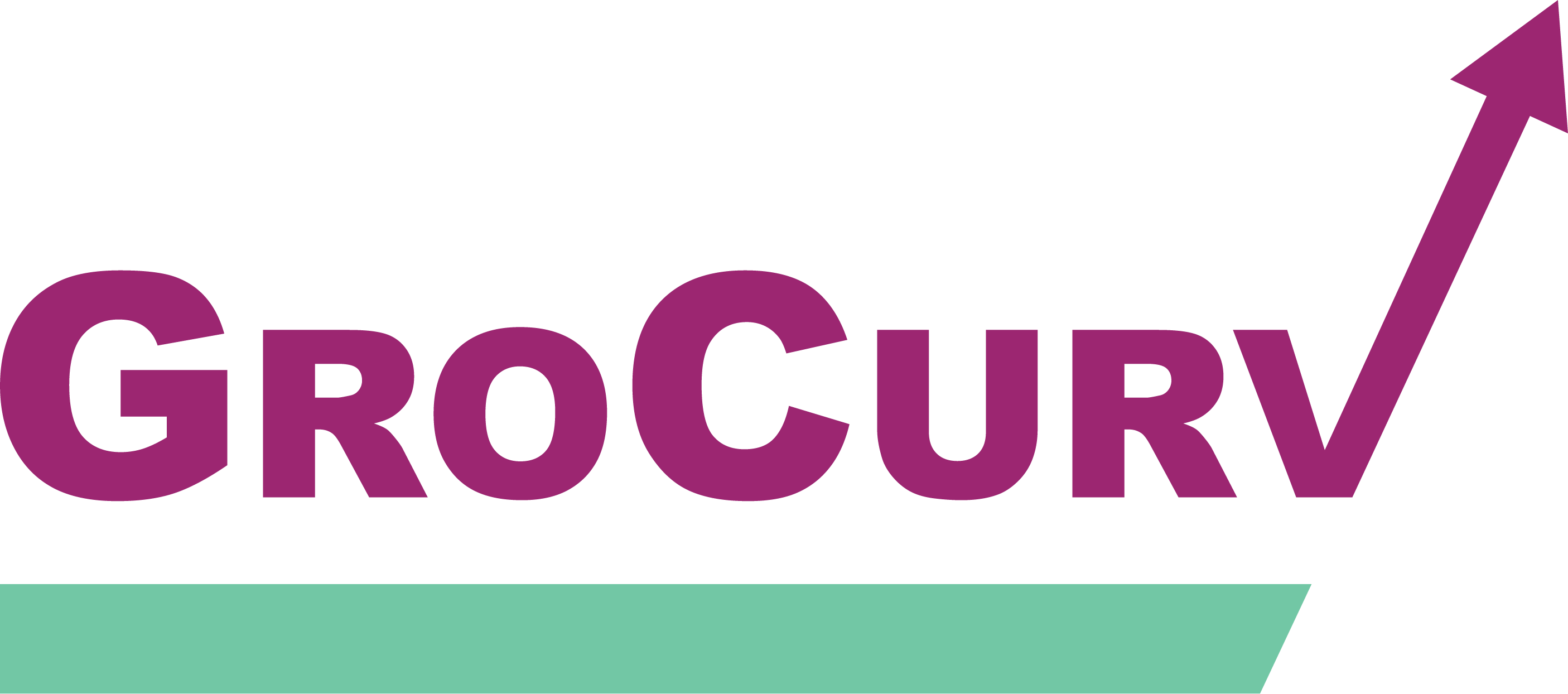Marketing 2.0: How marketers must respond to these radical times.

As a platform for Sales and Marketing services, we at GroCurv often get a front row view of how marketing spends are evolving.
Tik Tok videos for example, became popular on the platform well before they were being talked about in the larger marketing circles. Outsourced lead generation picked up well last year as did very short format multi language videos on a shoe string budget. Understanding marketing on e-commerce has become very important for D2C brands which spend 80% of their marketing budgets on performance marketing.
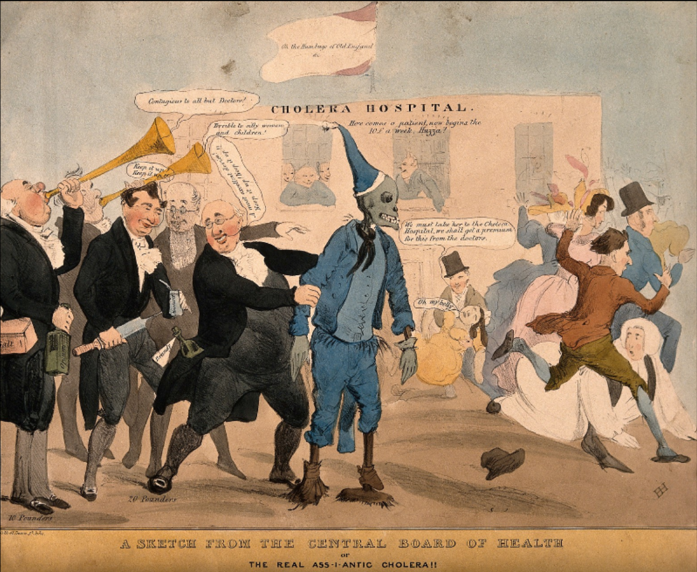
As the Corona virus pandemic started to take root, we are seeing a shift to projects around internal and external communication; employee engagement. And interestingly a lot of brands speaking on a digital first world for themselves and asking how to go about it.
As the virus has a full hold on the economy, these questions from our clients compelled us to think of how brands are assessing the environment and how they believe consumers will emerge out of the pandemic. And we took advantage of being a platform and we reached out to our clients, experts and agencies to ask how they saw marketing investments evolve: Budgets, mediums, messages.
Across industries and independent of size of company, there is concern around spending for the future (read marketing budgets). With zero sales, no supply chain to speak of, investing in consumer communication and brand building appears to be less than critical for most companies.
Or does it?
Two voices stood out among the responses and we captured them here while presenting our hypothesis of how marketers must respond to these radical times.
Manisha Lath Gupta:
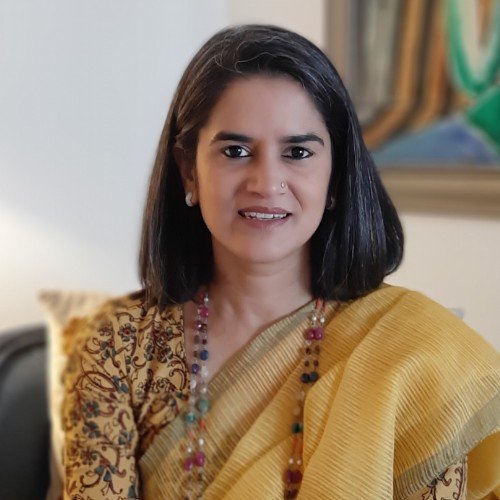
From early stage companies, to large MNCs, to fast growing global technology companies, she has seen it all.
“Lets look at it from the consumer’s perspective” she tells us.
“When incomes are uncertain, consumers will hold back spending on everything but the most essential.”
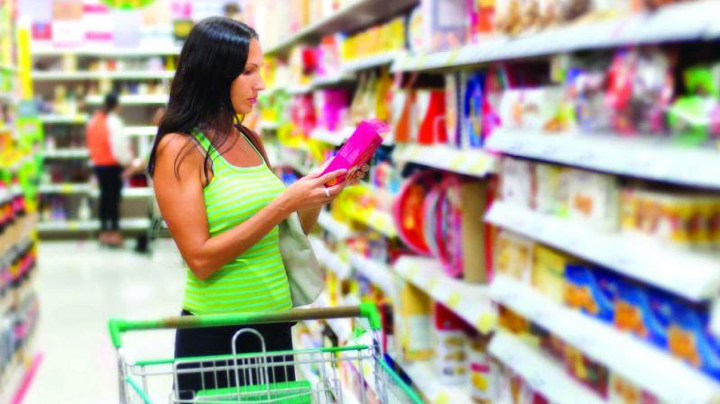
- Her view is that “lifestyle” purchases are not going to see a revival anytime soon. Folks will not step out of their homes for any non essential business. Dining out, cinemas, recreation, holidays. All gone.
- Upgrades will be postponed: A new washing machine, a new fridge, a new car? Forget it. Lets squeeze a bit more out of the old Honda City before we upgrade now.
- In home services- Education, healthcare, home entertainment (OTT) would thrive in the short term, but get a boost in terms of usability even in the long run. Hence services that can be delivered digitally should spend immediately on building awareness, customer acquisition and customer service. (the last is easy to miss out: customers moving from offline consumption of a service to online, will need a massive amount of hand holding.)
- Package goods would become preferred over loose rations. All products would possibly need a “reassuring” story in terms of hygiene and safety for the next few months as a shaken population recovers its confidence. Establishing safety standards in production, packaging and delivery would drive brand confidence. Marketers therefore need to start thinking these stories TODAY.
- The same applies to services that require 1-1 selling. Traditional medical consultation, or insurance selling. Second hand cars…Cars24. How are these industries going to help consumers make a switch in how they buy.
The job of a marketer is then to assess where his service or product lies and what new questions the brand must answer in the post Corona world in order to remain in the consumption bucket.
And for those that are transforming (digitizing) the entire product, its about agonizing deeply about how a digitized service must look, and how a consumer must be helped to make the transition.
>> My son’s chess academy not only went online to teach, but created very powerful modules for the parents to understand how effective online chess could be in training the child. They won over the parents with their efforts. Therein lies the marketer’s challenge.
Alok Agarwal:

Alok, with a long career in FMCG marketing, and now taking the responsibility of disrupting the tiles industry saw this in another light. He is seeing this crisis as accelerating the adoption of digital.
The last 30 years have seen numerous cycles of evolution in the Tile. It used to take hours to make a single tile. Now our manufacturing lines make on an average 8000-10,000 square metres per day. New technologies like Double charge, Glazed Vitrified Tiles are common parlance. Tile sizes have become bigger. However, most shoppers continue to buy tiles like they did 30 years ago.
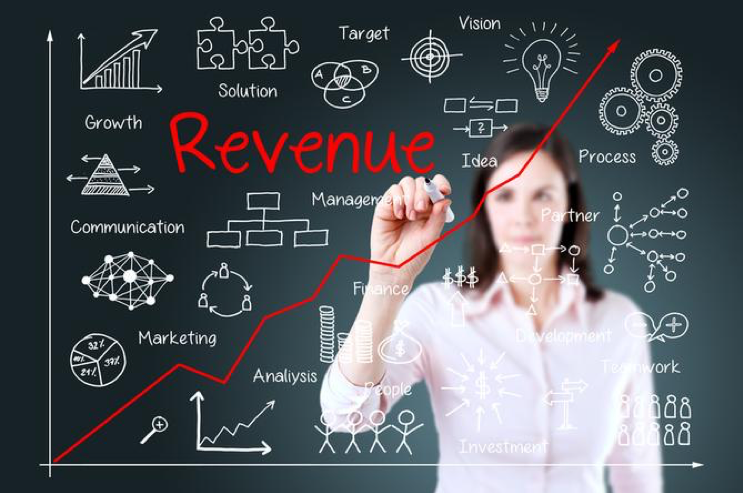
The COVID-19 crisis will accelerate the shoppers dissatisfaction with the current retail environment.
Digital can create a disruption in the way shoppers buy tiles. We have created tools to support them in selecting tiles, lay them in attractive patterns/combinations and create visualizations. This makes it easy for both retail & B2B customers to understand the final appearance of their room. After all, even when your wife buys a saree, she will drape it, & try it before she buys it.
So for him as the market is quiet, the return on communication spends is best. And its important to keep building brand awareness and brand love.
His verdict: Spend.
Its going to be interesting to see the marketing and communication landscape post the lockdown. Brands that have empathised with consumers today, have not lost touch with the consumer, have made efforts to still reach out and hear them, will speak a new language. In recognition of a significant psychological shift in the consumer.
Its been a busy time for us at GroCurv as we attempt to understand how the world will buy and sell services. We just hope every marketer out there has been too.
